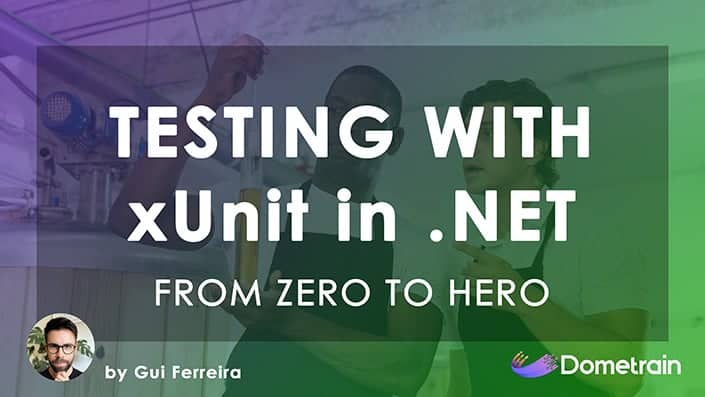From Zero to Hero: Logging in .NET
Master the feature every single .NET application needs
About This Course
If there is one topic that every single .NET developer needs to be proficient at, it's Logging. Logging is fundamental to every application that wants to run reliably in production. From APIs, and web apps, to Desktop apps and mobile apps or even games, logging should be in place to ensure you have the right information you need to know what is going on in your system. Logging will be crucial when something inevitably goes wrong and you need to troubleshoot it. In modern .NET, we are blessed with an excellent built-in logger, but it is also essential to be proficient in Serilog, the most popular logging library. In this course, Nick will translate years of valuable logging knowledge gained in the field, working on real projects so you can follow the path of success.
Course Curriculum
Meet Your Instructor
© 2025 Dometrain. All rights reserved.












